This is not really a review so much as it is a brag sesh (session). What I mean is don’t expect objectivity because you’ll get none. I’m a Chris Reeve fanboy, through and through. And I’d rather be upfront and honest about this than try to pretend otherwise over a 1,000-plus word “review.”
I was sold on the Inkosi when I first saw it at Blade 2016. As I said back then, “I’m going to wait to grab my Inkosi (haven’t made the decision on large or small just yet) once they start taking orders for special graphics and/or handle material.” At the time, they only offered their standard, plain Jane titanium handles.
Well, now more handle and blade options are available. So, the decision’s been made. Enter the KnifeArt.com exclusive Small Inkosi Insingo with carbon fiber front handle.
Why the Small Inkosi?

My two Chris Reeves. On top is a Large Sebenza 21 with a ladder Damascus drop-point blade and handles featuring snakewood inlays. On the bottom is the Small Inkosi. You’ll notice the over-sized pivot in the Inkosi as one of the main differences between the two knives.
I went with the Small Inkosi because I already have a Large Sebenza. I didn’t want a replacement for my Sebenza, I wanted a companion. That’s what I got in the small Inkosi. It’s a little brother. Chris Reeve also makes a Large Inkosi and a Small Sebenza, just FYI.
Inkosi means “chief” in Zulu. Sebenza means “work” in Zulu. A fun little fact, Chris Reeve is from South Africa. And, the Zulu naming convention runs throughout the entire Chris Reeve lineup.
The Sebenza’s been around for nearly three decades. I believe it was introduced in the early 90s. While the Sebenza’s undergone a few small changes over the years, including periodic upgrades in blade steel, the design has generally remained the same.
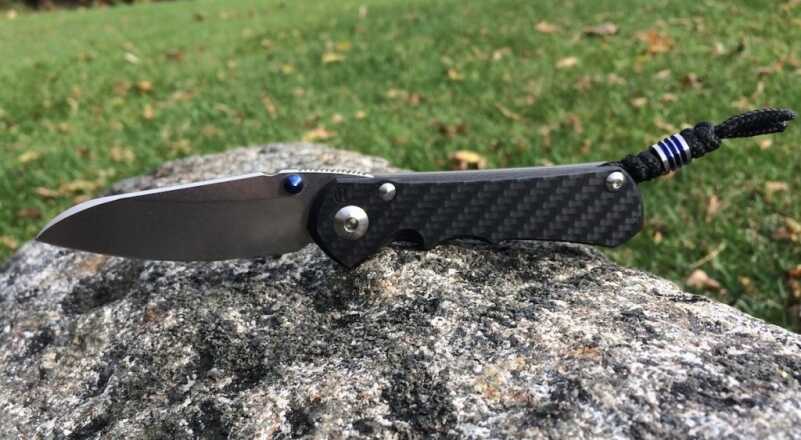
I love the look of this knife. The carbon fiber handles set against the satin, stone-washed Insingo blade is a sight to behold.
The Inkosi, at least in my mind, is the natural evolution of the Sebenza. A more perfect successor, if you will. Upgrades on the Inkosi include oversized phosphor bronze washers, an angled pocket clip, a larger pivot, double thumb lugs, an 8 percent thicker blade (compared to the small Sebenza), and a ceramic ball end lock.
Those bronze washers are oversized for a reason. To prevent any lateral blade wiggle. Moreover, they are replete with lubrication holes that not only reduce surface friction but allow users to generously apply fluorinated grease for a buttery smooth blade deployment.
Unlike the Sebenza, the pocket clip on the Inkosi rests on the back face, not on the lockbar. Knife nerds argue that having the clip resting on the lockbar may compromise the Integral Lock (frame lock) over time. The cant in the clip is also supposed to make it more carry friendly.

Here’s the back side of the knife, you can see how the pocket clip cants to rest on the frame, not on the lockbar.
The larger pivot is the anchor of the knife’s action and is a departure from the Sebenza’s bushing-centric design. Depending on who you talk to this is an upgrade in terms of its robustness but a downgrade in terms of its ease of taking out the blade without having to deconstruct the entire knife.
Double thumb lugs are a cosmetic improvement more so than a functional one, in my opinion. They are a way to satisfy one’s desire for symmetry. Made of anodized blue titanium, they are eye-catching, like two sparkly ornaments adorning a tinseled Christmas tree. As a righty, I find myself only using the top thumb lug to open the blade, never the bottom. This may be because I’m used to the one-lugged Sebenza.
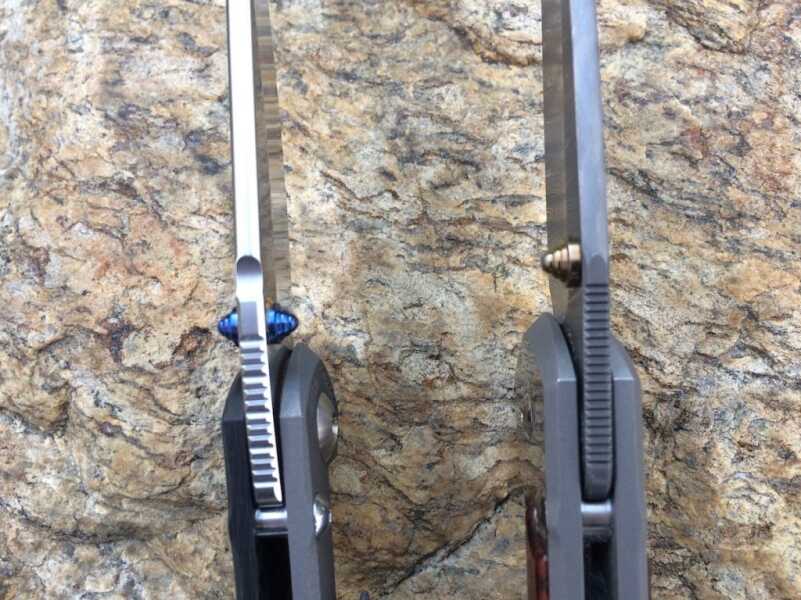
There are double thumb lugs on the Inkosi and only a single thumb lug on the Sebenza. It’s more of a cosmetic change than a functional one.
The most important upgrade is the ceramic ball end lock that’s been heat treated to 97 RC. Because the most vulnerable part of the knife is where the lock bar meets the base of the blade, this little 1/8-inch ball ensures the knife holds its integrity when the blade is deployed. That little ball also drops into an internal detent when the knife is closed, securing the blade in place.
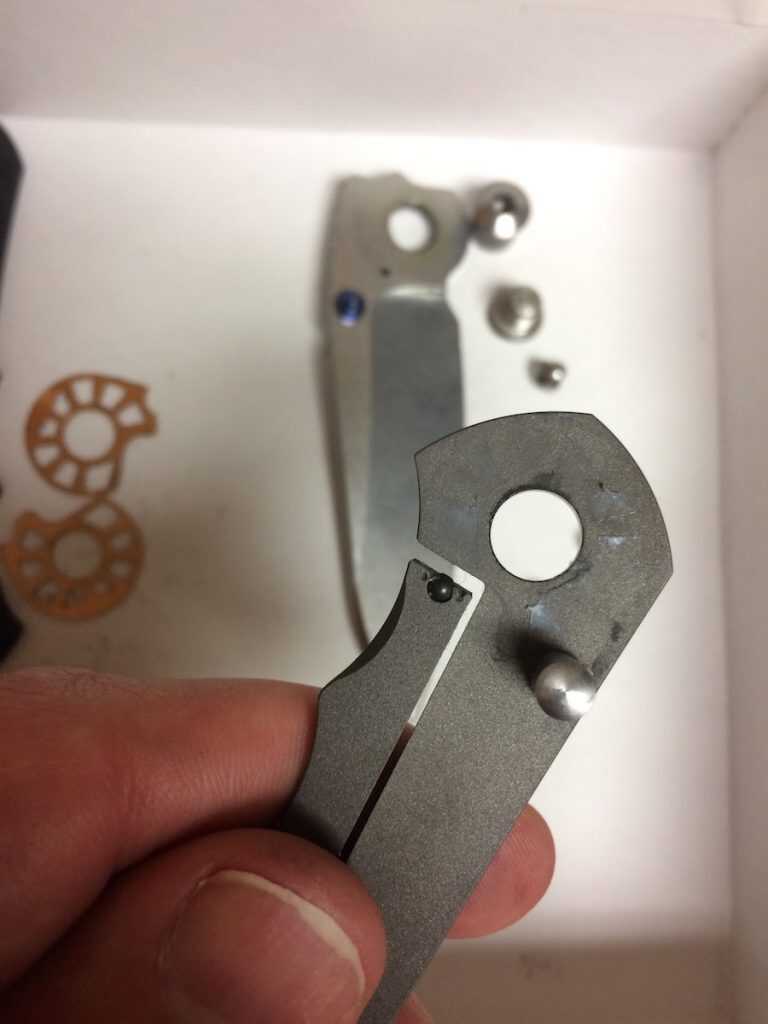
That little ceramic ball at the top of the lockbar. It ensures the Integral Lock will last for decades.
SPECS
- Blade Material: CPM S35VN Stainless Steel
- Blade Hardness: 59-60 RC
- Blade Length: 2.8″ (71 mm)
- Blade Thickness: 0.128″ (3.25 mm)
- Overall Length: 6.5″ (166.5 mm)
- Handle Length: 3.75″ (95 mm)
- Handle Material: Blasted 6Al4V Titanium (Lock Side) Carbon Fiber (Front Side)
- Lanyard: Black cord with Chris Reeve titanium bead.
- Weight: 2.3 oz.
- Fittings: 303 Stainless Steel
- Double Thumb Lugs: Blue Anodized 6Al4V Titanium
- Pocket Clip: Blasted 6Al4V Titanium
- MSRP: $415
Why a Wharncliffe or Insingo Blade Design?
Why a Wharncliffe blade design? Good question. First, the Inkosi does not have a traditional Wharncliffe blade but a modified version known as the “Insingo” blade. Designed by Chris Reeve, the Insingo blade reminds me of a whale’s head. Specifically, that of an orca. And as I’m sure you presumed, the word Insingo means something in Zulu. Any guesses? Answer: Razor. It means “razor.”
How the Insingo blade differs from a classic Wharncliffe is that there is a bit of a belly to the cutting edge. Wharncliffe blades typically have a straight cutting edge with no hump, to further the whale analogy.
Before I got the Insingo, I wasn’t a huge fan. I preferred the drop-point, aesthetically speaking. But I was curious about it. And I’m glad I pulled the trigger. The Insingo has really grown on me. Now, I really love it.
Functionally, it works just as good as my drop-point Sebenza. I’m sure some knife nerd out there will disagree with me, but for the casual user there is no discernible difference when it comes to cutting stuff. Sorry, there really isn’t. What it comes down to is user preference. What look do you prefer?
In Use
The Inkosi has been in my steady rotation of EDC blades for several months. I’ve used it to do a number of tasks, from carving pumpkins to cutting boxes to opening mail to whittling sticks. None of what I would consider hard use. I didn’t baton it into a rusty oil drum or hammer it through a cinder block. This is not that kind of review.
What I will report is that I developed no hotspots when using it. It fits great in the hand, even for a smaller knife. I can get three fingers on it comfortably with my thumb resting on the spine.
Does it fit my large paws as well as my Large Sebenza? No. But one shouldn’t expect it to. It’s smaller. What it lacks in size though, it more than makes up for in portability. It’s much lighter than my Sebenza and carries well in all attire: shorts, gym pants, slacks, and jeans.
The S35VN steel from Crucible Industries is the standard bearer for production EDC blades. It’s really great stuff. Make sure the next knife you purchase has S35VN, even if it’s not a Chris Reeve. You’ll notice a difference in edge retention, ease of sharpening and overall toughness. I promise you.
The only signs of wear on the knife is on the titanium pocket clip. I have a bad habit of bumping into chairs and walls and the sides of my couch. (I’m not a drunkard, I swear!) You’ll notice that it’s scuffed up a bit. If anything though, that adds character and charm to the knife. She’s not a safe queen!
Drawbacks
Price. $415 for a knife is a lot. I already know that 90 percent of the commenters on this article are going to complain about the price of this knife. My advice to those tightwads is, touch it before you torch it. Handle one, use one, test one out. And then render judgment.
The great thing about Chris Reeve knives is that there is a huge secondary market. Their knives retain value. Rare models even increase in value. You can buy one new and if you don’t like it, you can turn around and sell it for almost what you paid for it. Few people buy a CR though, and sell it off. Additionally, be forewarned. few people buy just one.
That’s part of the reason I’m such a fanboy. There’s a whole community of like-minded knife nuts who appreciate the craftsmanship and attention to detail that is epitomized by this Idaho-based company.
Sharpness of blade. Chris Reeve is known for their hollow grind, which is great and all but all of the knives I’ve handled from CR, my Sebenza 21, my brother’s Large Inkosi and this Small Inkosi have been unimpressively sharpened.
When you drop four bills for a blade you’d expect it to be hair-popping sharp. Right? That wasn’t the case with this Inkosi. It was adequately sharpened, like that paring knife I purchased at the Dollar General. Yes, the solution is simple. Sharpen it to your liking. Which I will do.
Conclusion
Putting those quibbles aside, I’ve been waiting on getting an Inkosi since I first encountered one at Blade 2016. With the Insingo blade and the custom, carbon fiber treatment that is exclusive to KnifeArt.com, I got exactly what I was hoping for.



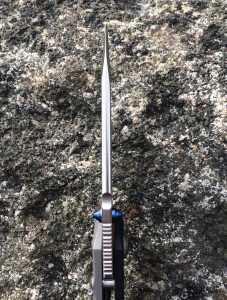
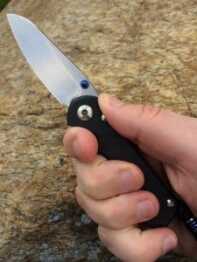
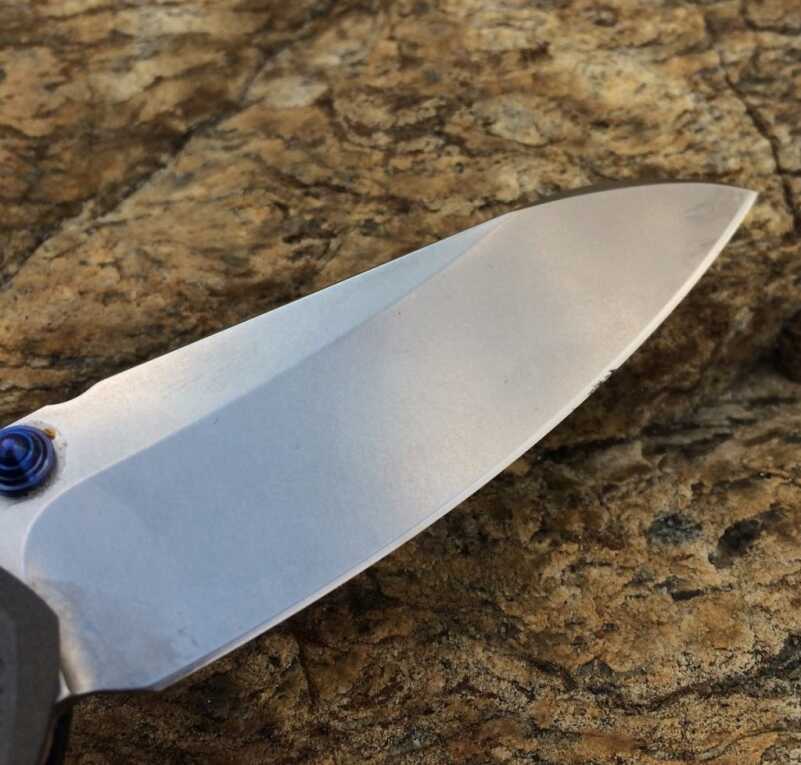
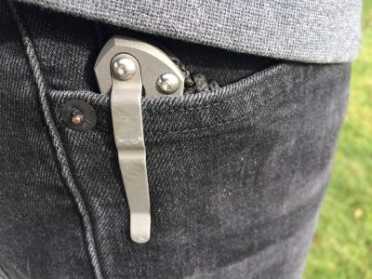
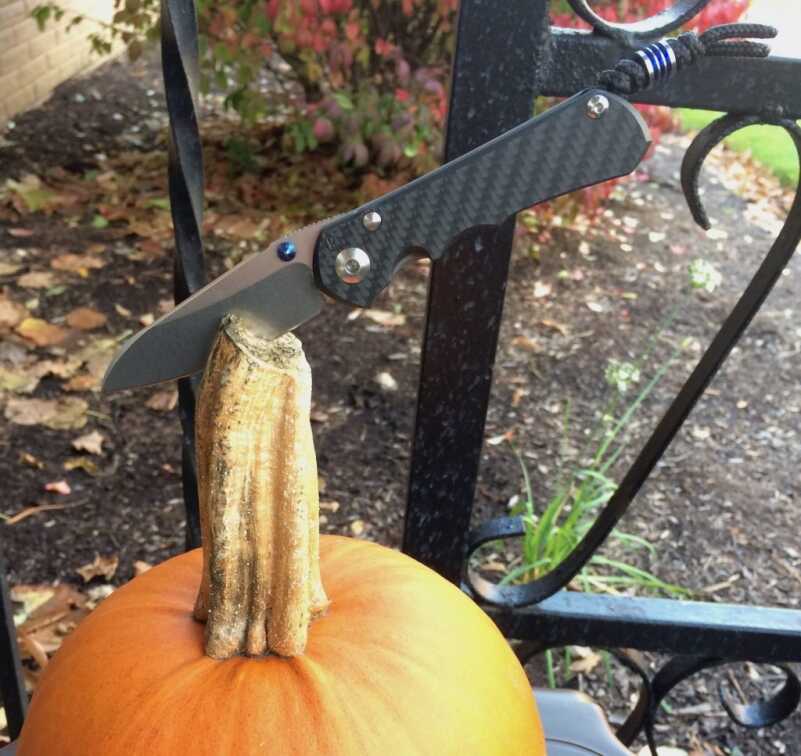


Good article on the inkosi. I own 2 small sebenzas. I much prefer the inkosi. I have the CF small inkosi as well as a plain Jane version. More solid feeling and more solid action versus the Sebenza.
You can edit this article. I bought this very knife a couple of weeks ago. It goes for $450 now. Thanks
Author said comments would trash the price of this piece, and you know what? He’s right! Sorry, I’m not paying that kind of money when the blade is poorly sharpened. I guess the manufacturer is too busy laughing at the those who would pay that kind of money to bother sharpening it…
What’s the deal with the lanyard? not a word about that in your review…
Meaning, does it serve a purpose or just look cool? I’ve not seen a lanyard on a folder before.
I don’t want to sound ‘snippy’…but does your left hand not function at all..? Or do you think that all left-handed people should be forced to pay extra to convert everything in the marketplace to left-hand function?
I purposely practice using all of my weapons and tools with EITHER hand so that I always have that option. [Can you hammer left-handed when you need to get into that tight corner, or do you have to call a friend over ..?] Have you never, ever injured your right hand, and needed to function with your left? As a ‘Lefty’ I can deal with the belt clip being on the ‘wrong side’ — although I do have to turn it in my hand as I draw it out, which increases the risk of dropping it — but getting the blade open one-handed with a single-side thumb lug is no easy task.
I wish MOST tools and weapons were ambidextrous! If you ever injure your strong hand, you can still function, and in a weapon situation, your strong hand may very likely be engaged with your assailant! And with firearms, you may be having to shoot from cover that would force you to expose most of your head and upper body to shoot from ONLY your strong-side orientation.
I enjoyed your review, and the detailed information about the construction and features. I was just ‘bothered’ by the ‘assumption’ that a tool that works for lefties is “just cosmetic” like a Christmas Tree Ornament, rather than functional.
They make a lefty model….